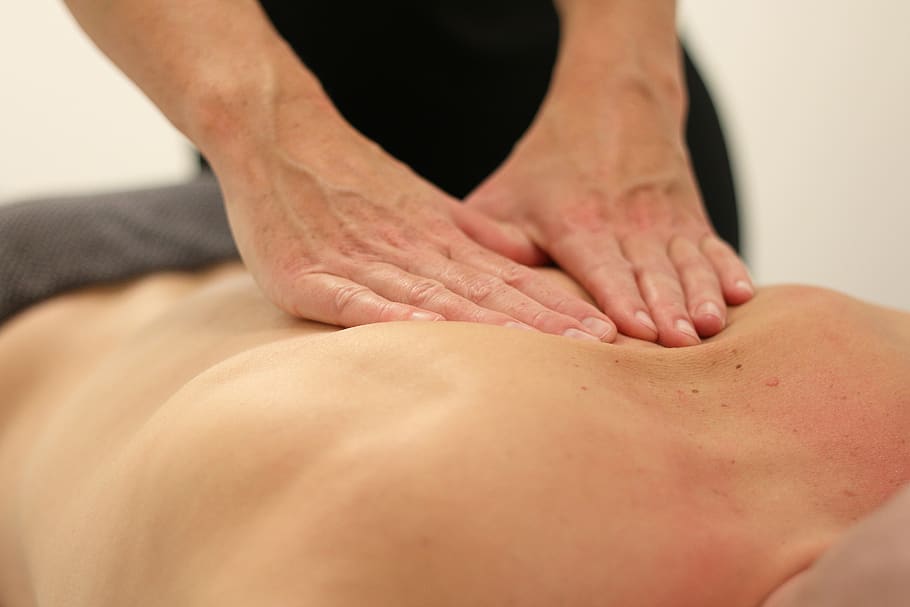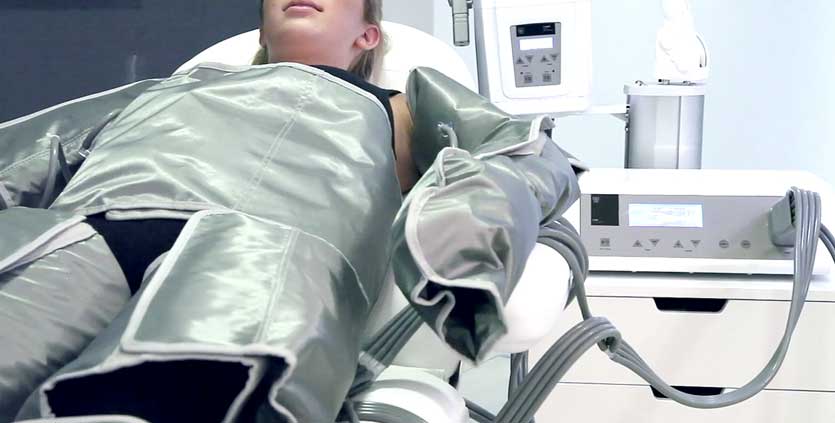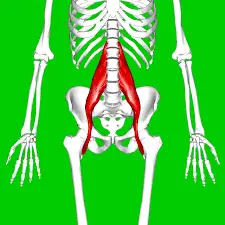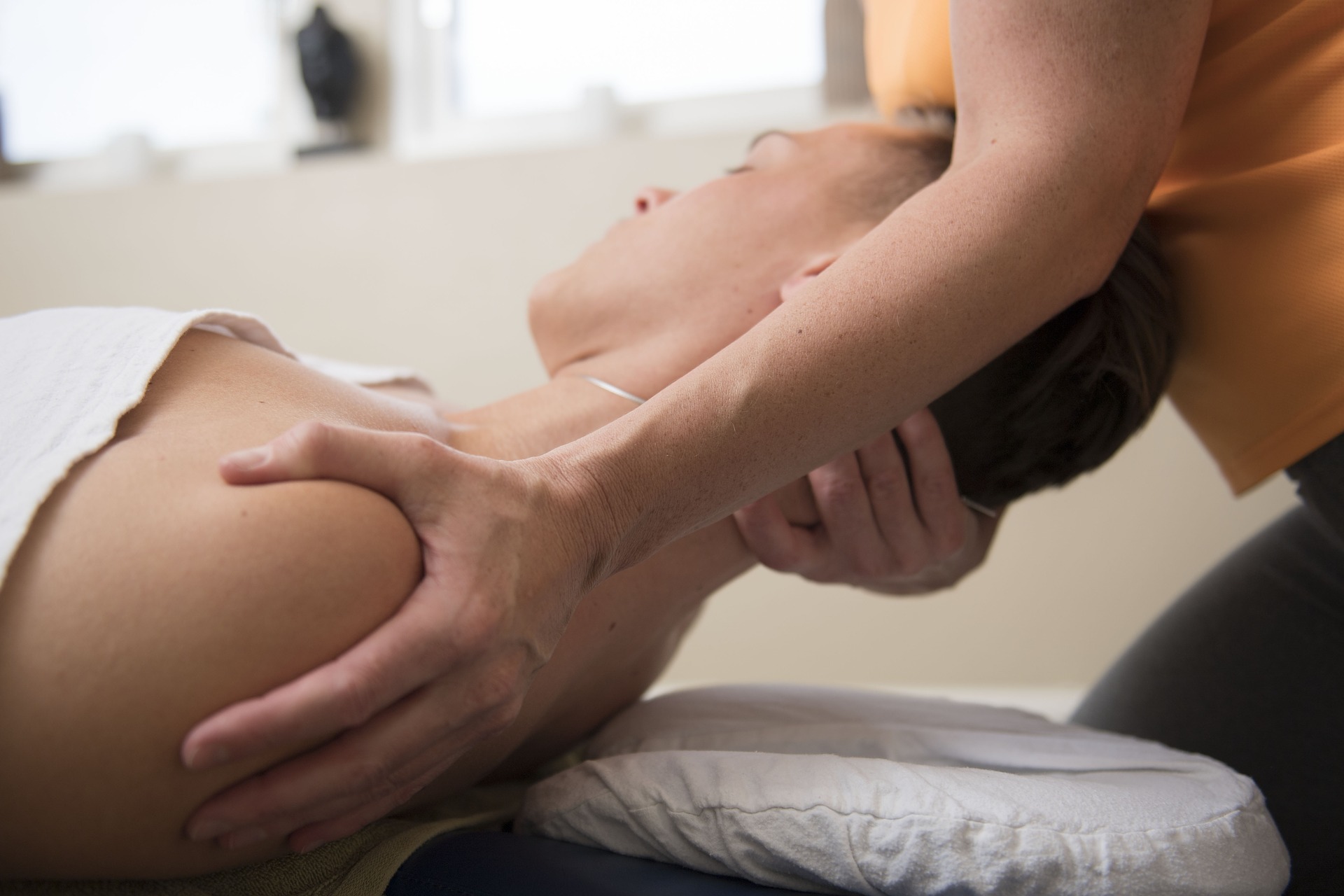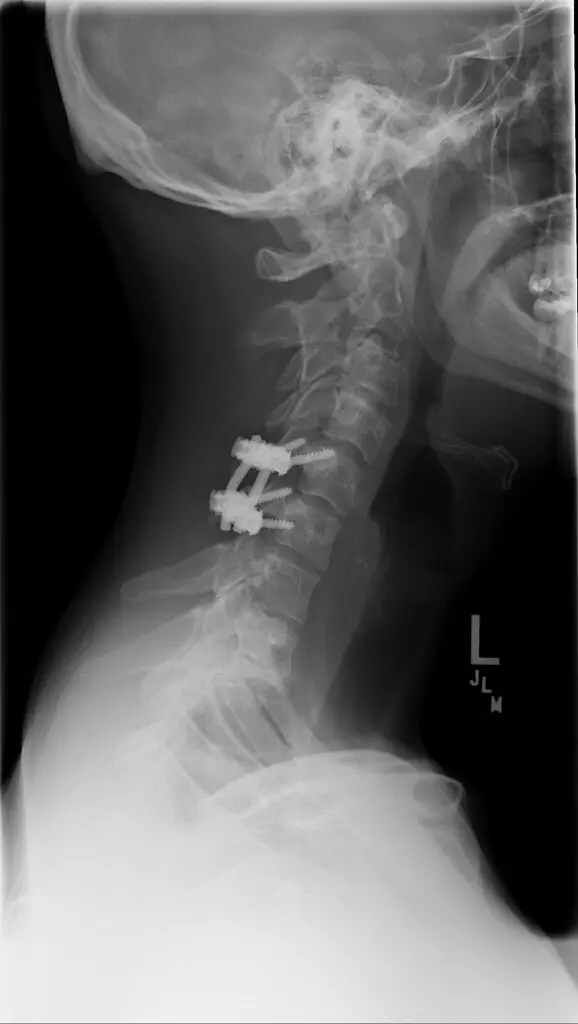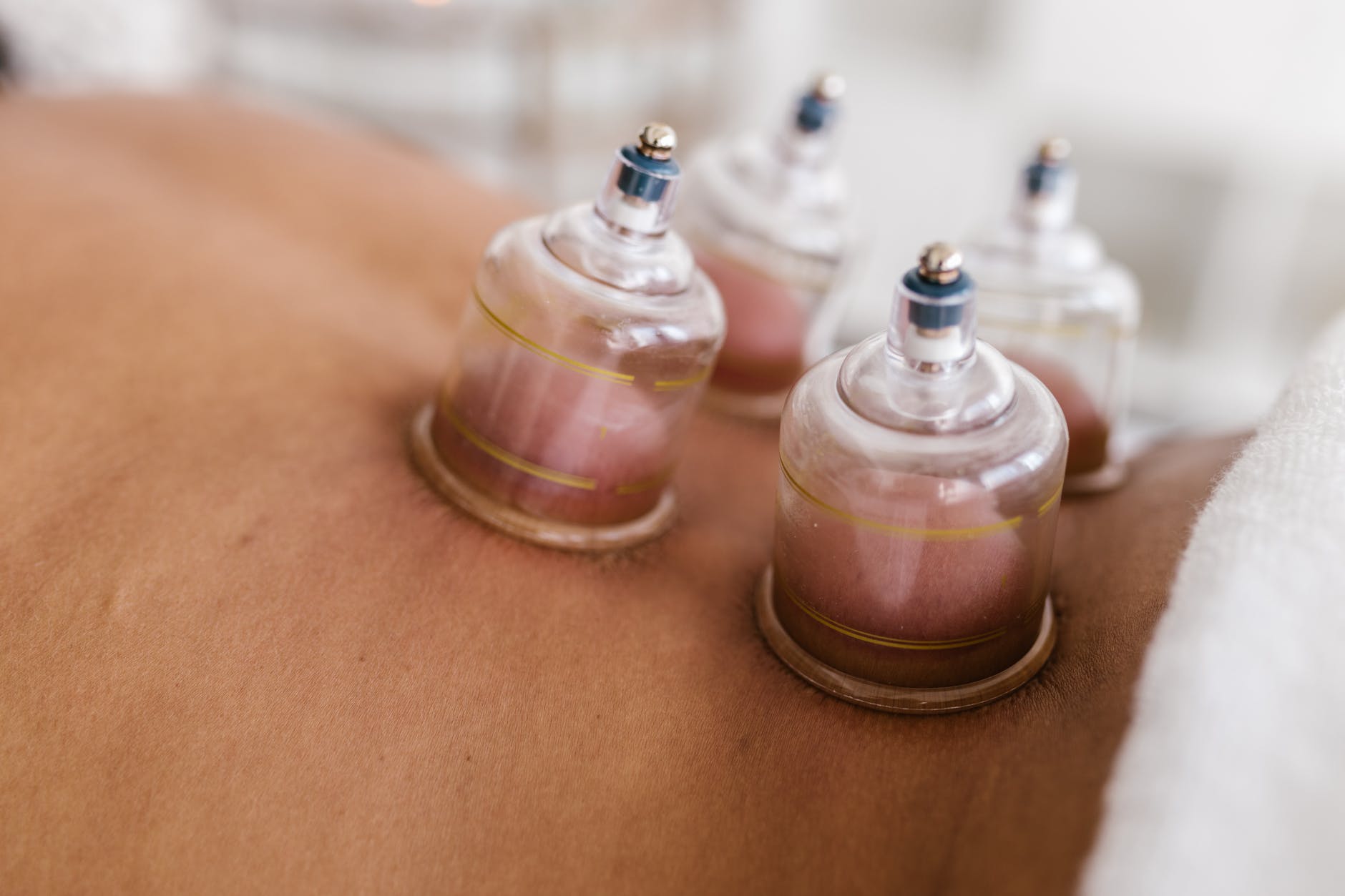Your doctor has prescribed lymphatic drainage for you. Or you are simply looking for information about this treatment. In this article, discover the realities of indications and achievements of lymphatic drainage.
Definition
Lymphatic drainage is a gentle massage theoretically aimed at stimulating lymphatic circulation, detoxifying the body and strengthening the immune system.
Drainage is ideally performed by a health professional. However, the masseur could teach you self-massage techniques to help you perform daily sessions in the comfort of your own home.
Duration of treatment
The duration of the treatment is approximately one hour. Obviously, the exact duration will depend on the pathology in question, and the objective targeted by the therapist.
Generally, the treatment lasts several months and includes a few weekly sessions. For pregnant women, drainage should begin in the third trimester of pregnancy. And must last until delivery. Or even beyond.
What is lymphatic drainage used for?
Lymphatic drainage is used for therapeutic, medical or aesthetic purposes. Its purpose is to facilitate and promote the resorption of excess fluid in the subcutaneous tissues. It is also intended to prevent the occurrence of edema or discomfort following certain medical and surgical procedures.
The drainage of the lymph is also practiced to reduce the pains, to decrease the apparent oedemas, and to increase the lymphatic flow.
What is this lymphatic system?
The lymphatic system is a collection of lymphatic vessels, nodes and lymphoid organs. This system is completed with the other two circulatory systems (arterial circulation and venous circulation.)
The lymphatic vessels are used to convey the lymph, hormones, certain nutrients and defense cells (called lymphocytes.) It is a liquid composed of ions, proteins, minerals and defense cells. Lymph therefore has approximately the same composition as blood plasma. The lymphoid organs contribute to the development and maturation of our defense cells. And the lymph nodes serve as a filter.
If this system is disrupted, the lymph and fluids in our tissues are no longer properly drained. Therefore, these liquids stagnate. Thus, there will be swelling in these areas. This is called edema. This retention can be drained manually to allow normal circulation of the lymph. This is lymphatic drainage.
What are the indications for lymphatic drainage?
Lymphatic drainage is prescribed by the doctor in the following pathologies:
- primary and secondary lymphedema,
- phlebo-lymphedema,
- hematomas,
- scleroderma,
- complex regional pain syndrome,
- post-traumatic edema (fracture)
- post-surgical edema,
- inflammation due to rheumatic pathology,
- la fibromyalgia
The drainage of the lymph can also be done to prevent edema and stretch marks during pregnancy. For aesthetic purposes, drainage is indicated to eliminate cellulite and stretch marks, to accelerate healing and for facial care.
How is lymphatic drainage performed?
There are many lymphatic drainage techniques. But, the following two methods are most applied in practice.
Vodder's method : the massage is carried out by circular movements of the hand, with a variation of the pressure with each maneuver.
Leduc's method : this type of lymphatic drainage uses the Vodder technique and completes it with pressure therapy devices.
Lymphatic drainage is divided into three phases:
The intensive treatment phase : this step consists of informing the patient and training him in self-massage, self-bandaging, the placement of restraints and skin care. This first stage lasts about 3 to 4 weeks and the sessions are done up to five times a week.
The maintenance phase : this stage consists of self-rehabilitation, self-massage and self-bandaging (carried out by the patient himself). The latter will also have to follow rigorous hygiene during the treatment. The duration will depend on the importance of the oedemas.
The recovery phase intensive treatment: this step will depend on the result and the evolution observed after the first two phases. Indeed, if the edema remains stable, there will be no resumption but continuation of phase 2. On the contrary, if the edema is unstable or recurrent, the intensive treatment must be repeated.
Benefits of Lymphatic Drainage
As we have seen previously, lymphatic drainage is used for preventive, therapeutic and aesthetic purposes. Depending on its indication, this massage increases well-being on a daily basis. How ? By increasing the elements essential to the circulation of the lymph. It improves the quality of sleep, increases appetite, reduces fatigue and promotes emotional stability.
In case of lymphedema, lymphatic drainage stabilizes and reduces the volume of limb edema. It softens the skin and reduces the associated pain. Drainage reduces the functional consequences in the edematous areas. And it helps manage day-to-day discomfort. It significantly reduces the occurrence of infections.
As part of aesthetics, manually draining the lymph removes cellulite, promotes healing, eliminates toxins and regenerates the body. It helps greatly in relieving varicose vein pain.
Side effects and contraindications
Like any medical treatment, lymphatic drainage has contraindications. This is why it is performed under the advice of a health professional.
Under no circumstances can drainage be performed if the patient has the following pathologies:
- renal failure,
- heart failure,
- carotid sinus sclerosis,
- venous pathologies: deep vein thrombosis
- acute infections (acute tuberculosis, acute toxoplasmosis, pneumonia, abscess, phlebitis, erysipelas, lymphangitis, filariasis)
- fever,
- bronchial asthma
- organ transplant
According to the advice and prescription of your attending physician, lymphatic drainage can still be considered in the event of (with caution):
- hyperthyroidism,
- untreated high blood pressure,
- skin cancer,
- chronic inflammation,
- hypotonia
- first trimester of pregnancy
- liver damage
What are the side effects of drainage?
During the treatment, during the first three weeks, some discomfort may occur: pain, bruising and insomnia. You may also feel swollen. Travel can also be difficult. But you don't have to worry about these inconveniences. They disappear quickly a few weeks after the start of treatment.
Lymphatic drainage does not present any side effects or harmful health risks. If all the contraindications are respected, this lymphatic massage does not constitute any danger. However, it is still recommended to drink plenty of water after the sessions.
Why ? Because it will facilitate the elimination of toxins by the body. And above all, it will avoid the occurrence and amplification of discomfort due to maneuvers.
Lymphatic drainage in pregnant women
Lymphatic drainage can only be performed in pregnant women in the third trimester of pregnancy. During this period, the volume of the baby increases significantly. Therefore, it is an obstacle to the normal return of lymph. This leads to a stasis of lymphatic fluids and interstitial fluids in the lymphatic vessels. Edema may occur due to disruption of lymph resorption and drainage. This is commonly referred to as water retention.
This water retention is uncomfortable, heavy and above all painful. It is seen in the face, hands, arms, pelvis, legs, ankles and feet. Lymphatic drainage is therefore recommended as soon as edema appears in pregnant women. It relieves pain and reduces the volume of edema.
Indications for drainage in pregnant women
During pregnancy, lymphatic drainage is indicated in case of edema of the lower limbs (lower back, legs.) It is also indicated in the prevention of stretch marks. After childbirth, breast engorgement problems or mastitis can be relieved with manual drainage.
The benefits of lymphatic drainage for pregnant women
With drainage maneuvers, excess lymph will be eliminated. This therapeutic massage improves circulation and helps the evacuation of lymphatic fluids. It greatly reduces pain and reduces fatigue due to the weight of the baby and edema. Lymphatic drainage improves the circulation of nutrients. Therefore, it ensures better nutrition of mother and fetus and better gas exchange.
Lymphatic drainage is an effective way to facilitate natural childbirth. Not only does it prevent stretch marks, scars and edema. But it also helps prevent difficult deliveries. To benefit from the long-term benefits of drainage, sessions must start early. And especially carried out once or twice a week.
Lymphatic drainage is certainly an effective way to treat discomfort and pain. Nevertheless, you need the authorization of your attending physician or your massage therapist.physiotherapist to benefit from it. Indeed, any contraindication should be eliminated to prevent possible complications.
References
- Work : Lymphatic drainage: theory: basic and applied techniques and decongestant physiotherapy, D Tomson, C. Schuchhardt; Ed Ermes
- Academy of massage and orthotherapy: orthotherapy.com

